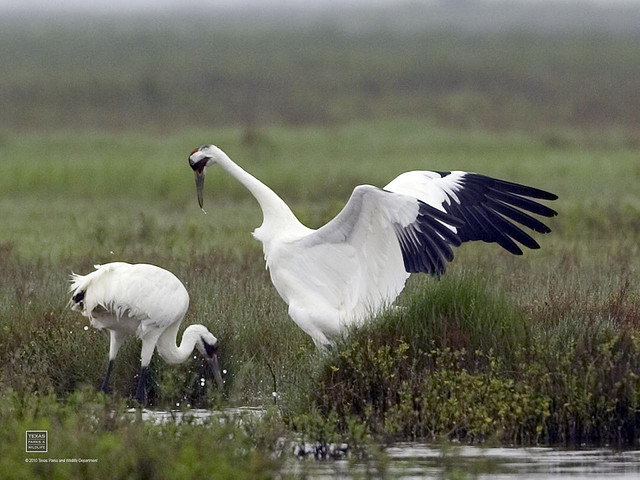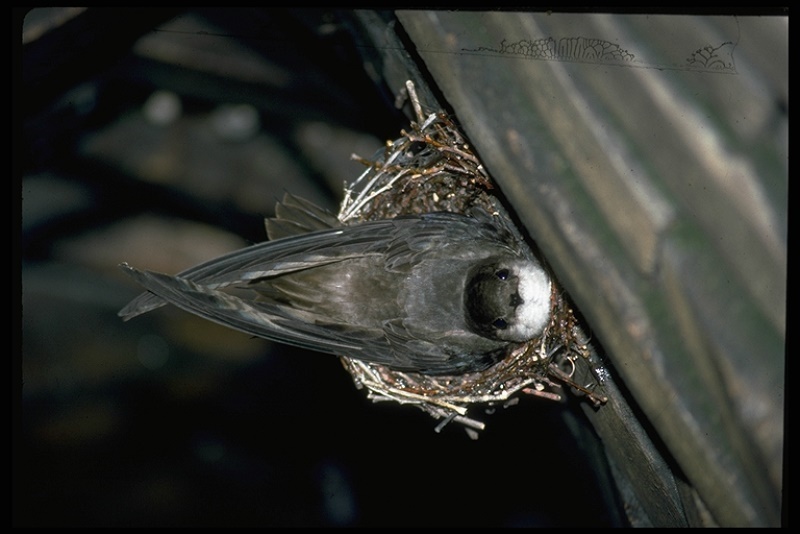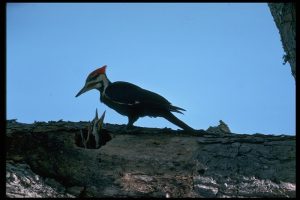Texas Christmas Bird Count 2019-2020
Tuesday, November 19th, 2019This is Passport to Texas
For Texas birders it is sheer delight now that the annual Christmas Bird Count is nearly in sight.
The Christmas Bird Count is a fantastic way for people to get involved in what we call citizen science. You can be a participant and help count birds during the Christmas season.
Cliff Shackelford is a state ornithologist with Texas Parks and Wildlife.
There’s a three week window that straddles Christmas where teams go out at specific times for 24 hours in a specific 15 mile radius circle and count birds.
The Christmas Bird Count officially started in 1900. Even though it took a while for counts to get established in Texas, some bird counting circles in the state have been in existence for 60 years.
So how can you participate?
The first thing to do is find out if you live in or near a Christmas Count circle. The next step is to find the count compiler, that person who’s in charge of coordinating that circle and making sure that people are spread out and have a little piece of the pie and don’t double up on certain sites.
Find your nearest Christmas count circle at Audubon.org
For Texas Parks and Wildlife…I’m Cecilia Nasti.







 Passport to Texas is a
Passport to Texas is a  Passport to Texas is made available by:
Passport to Texas is made available by: